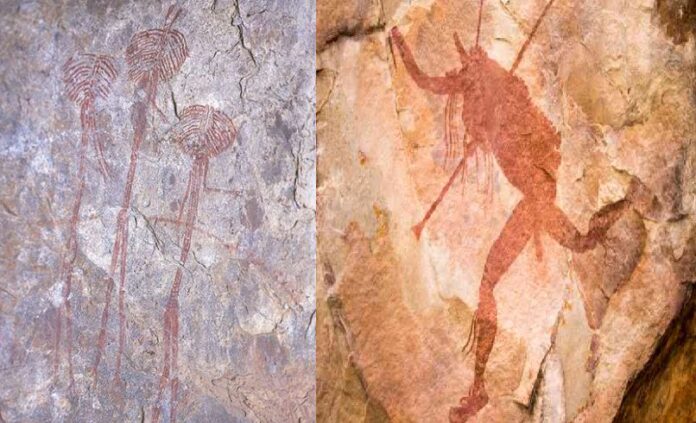In central Tanzania lies one of the most fascinating of Africa’s agricultural stone art customs.
While different practices cover immense geographic regions in Africa at many destinations, this custom happens at only two or three hundred locales in a bit of space of land under 100km in breadth.
This region is an island inside the more inescapable focal African Twa rock art custom.
The art diverges from the mathematical Twa art as it comprises creatures and human structures.
Its nearest matches are with San art; however, some of its components, for example, its particular human head structures, are extraordinary.
The region where the art exists compares near the known dispersion of the Sandawe public.
The Sandawe communicate in a tick language that has matches among the San dialects.
The Sandawe are one of two East African gatherings that appear to have an agrarian parentage reaching outback well before the hour of the happening to African ranchers to this space.
The Sandawe have been living among rancher bunches for almost 2,000 years. Their convictions and customs show much proof of getting; however, they keep various uncommon ceremonies and beliefs not found among adjoining gatherings.
There are a modest bunch of records that, tantalizingly, portray Sandawe people making rock art from the get-go in the 20th century.
These records prove that rock art got a connection to particular Sandawe ceremonies, most quite to simbo.
Simbo is a daze dance in which the Sandawe speak with the spirits by assuming the force of a creature (the lion).
Components in the art give autonomous affirmation of this connection since they show a scope of elements that people must perceive by reference to simbo and daze encounters.
For instance, people show the gatherings of human figures via bowing at the midriff (similarly as occurs during the simbo dance), taking on creature highlights like creature ears and tails, and drifting or flying.
These last elements show the encounters of those had in the dance.
The unusual head structures found in the stone art are no question one more essential component in the imagery of simbo, yet like quite a bit of this art, until further notice, they stay puzzling.


